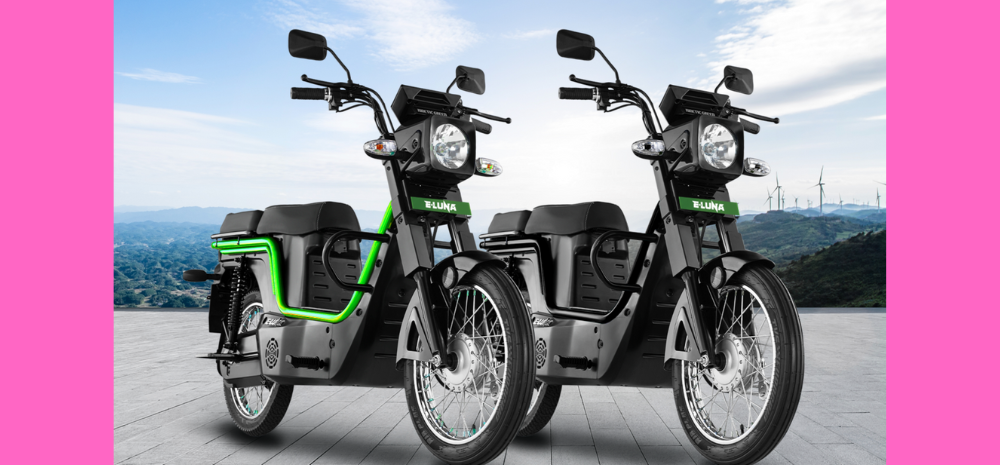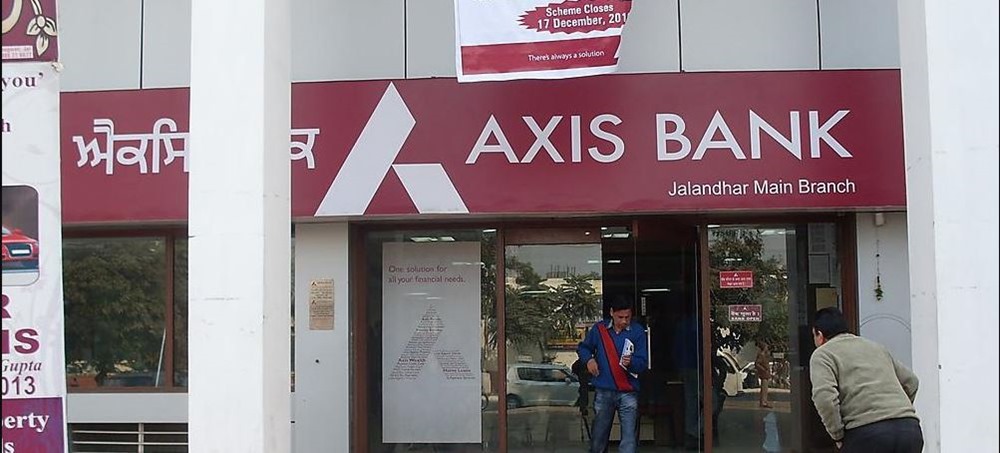Luna, the well-known moped from the time before liberalization, has returned in an electric form. Although production of the original Luna ended in 2000, the electric Luna seeks to spur competition in the market for reasonably priced electric two-wheelers.

Since its release in February, the electric Luna has sold over 5,000 units, indicating a high level of demand.
Electric Luna Sells Over 5000 Units
The Firodia Group has set a goal to sell 100,000 units in 2024–2025 through its subsidiary Kinetic Green. The Managing Director of Kinetic Engineering, Ajinkya Firodia, attests to the substantial demand for the electric Luna.
When Kinetic Group introduced the first Luna moped in 1972, it became an instant hit and symbolized India’s shift from bicycles to motorcycles. The nostalgic association and moniker of Luna, even after production ceased in 2000, add to the brand’s allure.
The E-Luna brand is regarded as one of the most reasonably priced electric two-wheelers produced by an Indian manufacturer, with prices ranging from Rs 69,990 to Rs 74,990. The market is competitive because to Ola Electric’s aggressive pricing strategy of charging Rs 79,999 for Ola S1x scooters.
As per Firodia, “In the two-wheeler segment, 99 per cent of the market is dominated by scooters. However, we have already made significant inroads into the market, selling at least 5,000 units. Our aim is to sell at least 100,000 units in the next financial year.”
Electric Luna Provides Significant Cost Savings
When compared to gasoline, the electric Luna provides users significant cost savings, requiring only 10 paise per kilometer for charging. He stated, “The advantage of a e-Luna is its load capacity and comfort in using it in small towns too. Ola and Ather are high-speed and high-performance brands. In the moped segment, there are no major players. We want to bring this value to the customers.”
The bike fills a market need because of its comfort and load capacity, which make it ideal for small towns. After completing a manufacturing facility for Mahindra and Mahindra, Kinetic Engineering Limited (KEL) is now able to produce shafts and gears for M&M’s two-wheelers.
The plant can now produce about 30,000 gears and shafts every month thanks to upgrades. The Firodia Group also includes a subsidiary named Kinetic Watts & Volts that specializes on electric car technologies, in addition to Kinetic Green. Kinetic Watts & Volts provides batteries, controllers, and motors as part of their integrated electric vehicle systems.
In an effort to increase Kinetic Watts & Volts’ competitiveness and manufacturing capacity, the board approved an investment of up to Rs 50 crore. Firodia also confirmed that the company anticipates that in the upcoming fiscal year, its revenue would surpass Rs 500 crore.
In the third quarter of the current fiscal year, the company reported a net profit of Rs 1.10 crore, which is double the profit from the same period the previous fiscal year. The return of Luna in its electric guise underscores the way India’s electric car industry is developing and the possibility of accessible, eco-friendly mobility choices.













